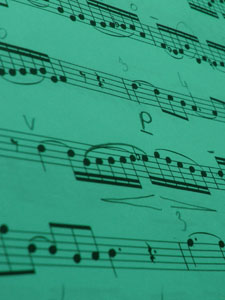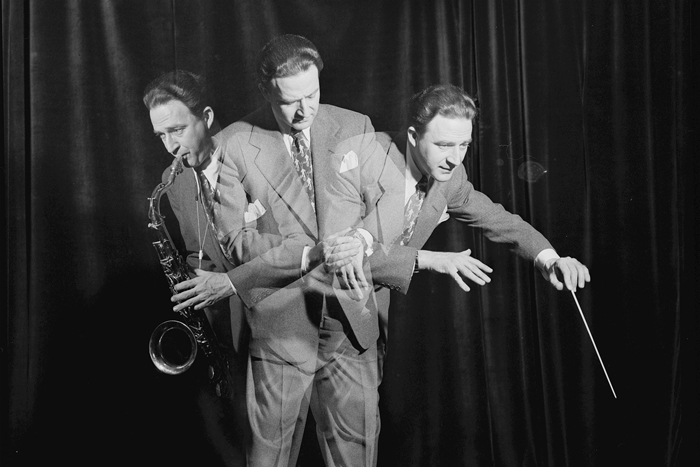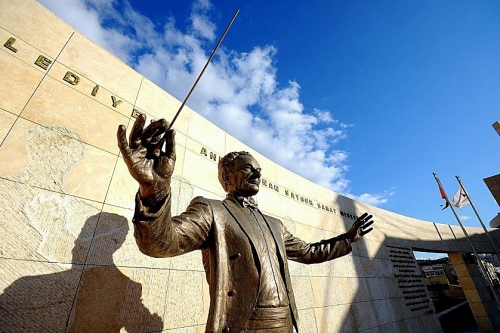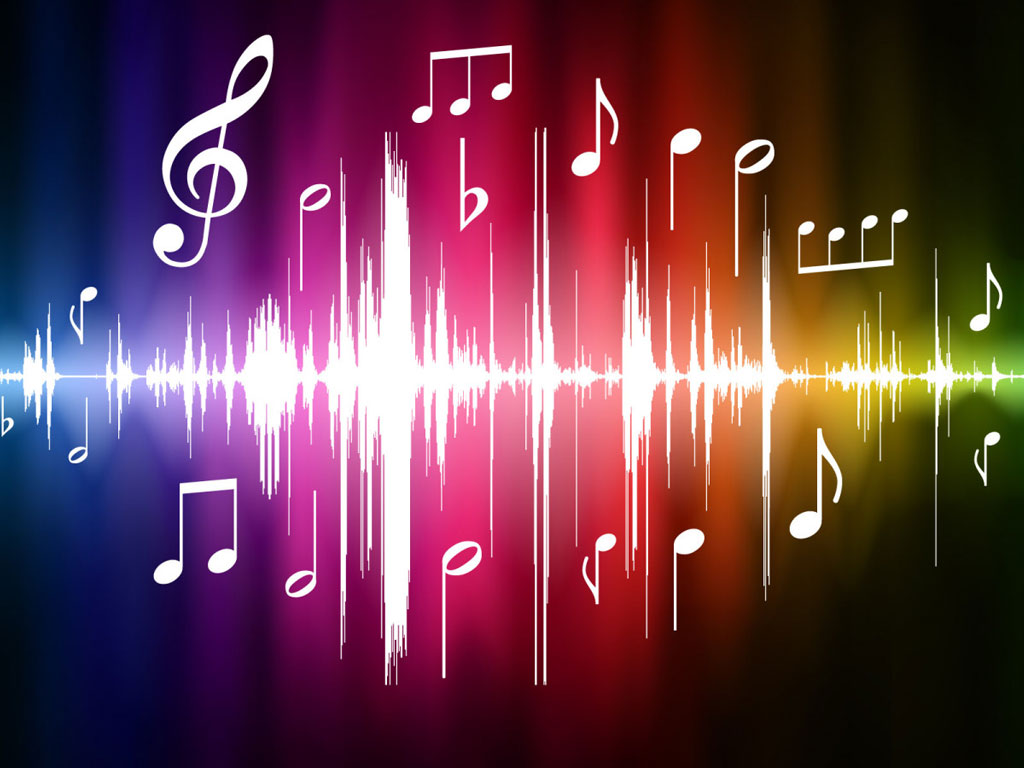What is the secret of the fascinating power of music?
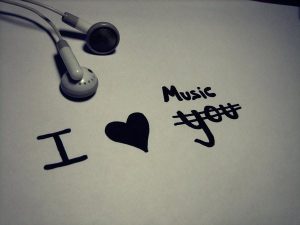 Music surrounds us everywhere. At the sound of a powerful orchestral crescendo, tears come to my eyes and goosebumps run down my back. Musical accompaniment enhances the artistic expressiveness of films and performances. Rock musicians make us jump on our feet and dance, while parents lull the kids with quiet lullabies.
Music surrounds us everywhere. At the sound of a powerful orchestral crescendo, tears come to my eyes and goosebumps run down my back. Musical accompaniment enhances the artistic expressiveness of films and performances. Rock musicians make us jump on our feet and dance, while parents lull the kids with quiet lullabies.
The love of music has deep roots: people have been composing and listening to it since culture began. More than 30 thousand years ago, our ancestors already played stone flutes and bone harps. It seems that this passion has a congenital nature. Infants turn to the source of pleasant sounds (consonances) and turn away from unpleasant (dissonances). And when we are in awe of the final sounds of a symphony, the same pleasure centers are activated in the brain as during a tasty meal, having sex or taking drugs.
When we listen to music, the brain responds to it by activating several
areas outside the auditory cortex. To recycle music
Information is influenced by a person’s visual, tactile and emotional experience.
Human reaching sounds are transformed
structures of the outer and middle ear in the oscillations of the fluid in the inner ear. The tiny bone of the middle ear, the stirrup, “shakes” the cochlea, changing the pressure of the fluid that fills it.
In turn, the vibrations of the cochlea’s basilar membrane cause the sensory receptors of the ear, the hair cells, to generate electrical signals that travel along the auditory nerve to the brain. Each hair cell is tuned to a specific frequency of fluid oscillations.
Brain processing of music is based on hierarchical and spatial principles. The primary auditory cortex, which receives inputs from the ear and (through the thalamus) of the lower auditory centers, participates in the initial processes of music perception, for example, analyzing the pitch (tone frequency). Under the influence of experience, the primary auditory cortex can be reconfigured – it increases the number of cells that have maximum reactivity to important sounds and musical tones for a person, which affects the further processing of musical information in the secondary auditory areas of the cortex and the auditory associative zones, where more complex musical characteristics (harmony, melody and rhythm).
When a musician plays an instrument, the activity of the motor cortex, cerebellum, and other brain structures involved in the planning and implementation of specific, precisely aligned movements in time, increases.
Why is music so important to man and has such power over him? Neurobiologists have no final answers yet. However, in recent years, some data have begun to appear on where and how the processing of musical information takes place. The study of patients with traumatic brain injury and the study of healthy people with modern methods of neuroimaging led scientists to an unexpected conclusion: there is no specialized music center in the human brain. In its processing involves numerous areas dispersed throughout the brain, including those that are usually involved in other forms of cognitive activity. The dimensions of the active zones vary depending on the individual experience and musical preparation of the person. Our ear has the smallest number of sensory cells compared to other senses: there are only 3.5 thousand hair cells in the inner ear, and 100 million photoreceptors in the eye. But our mental reactions to music are incredibly plastic, because even short-term learning can change the nature of the processing of the “musical inputs” by the brain.
